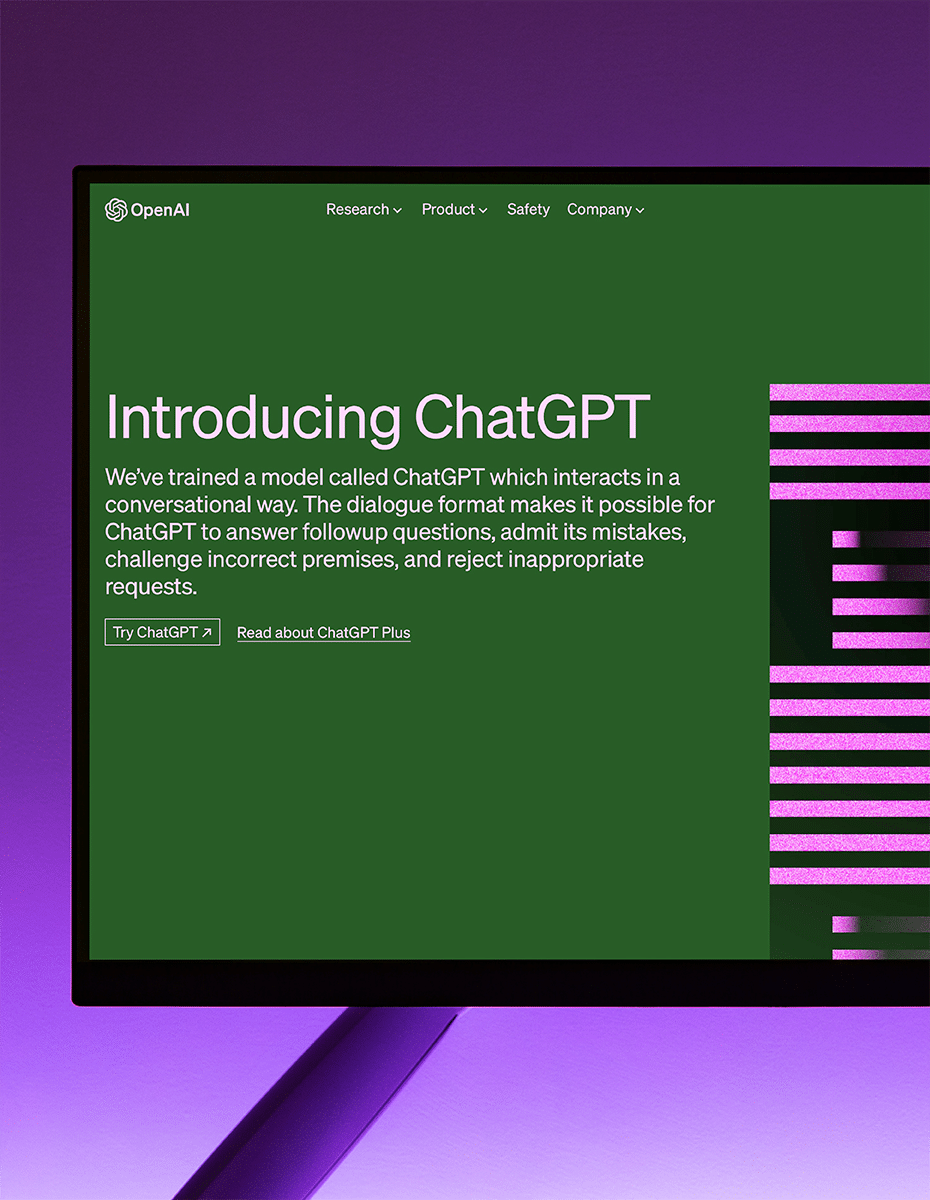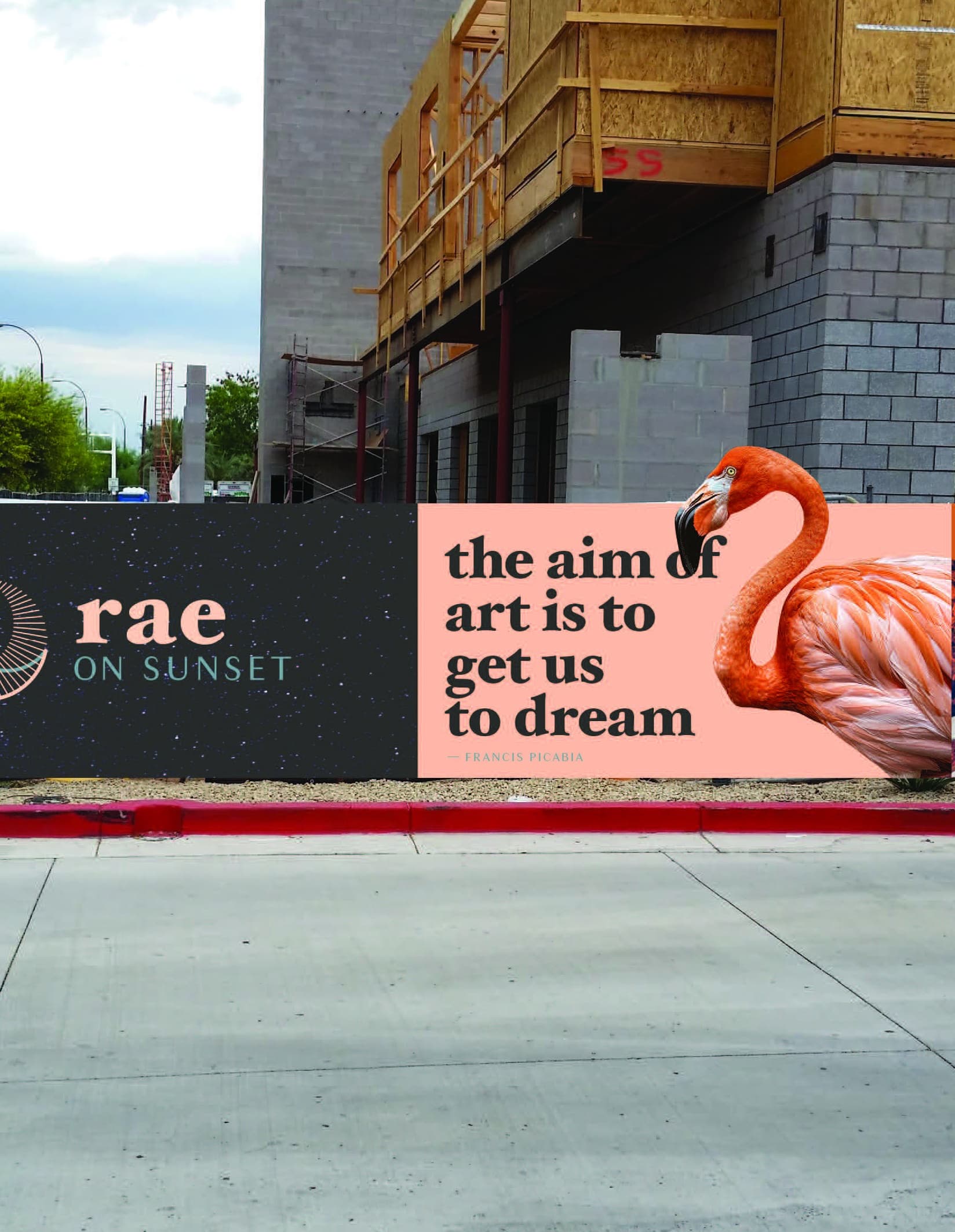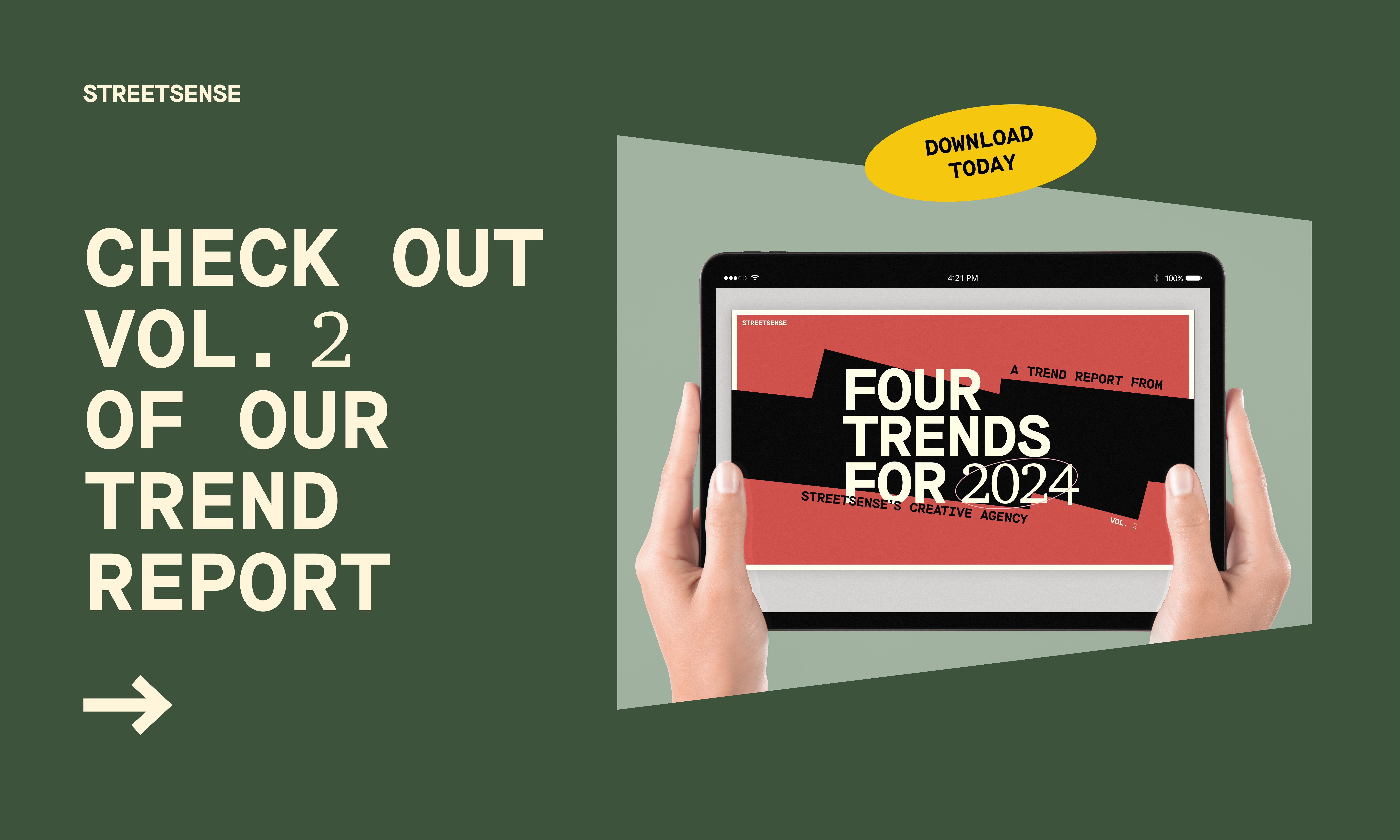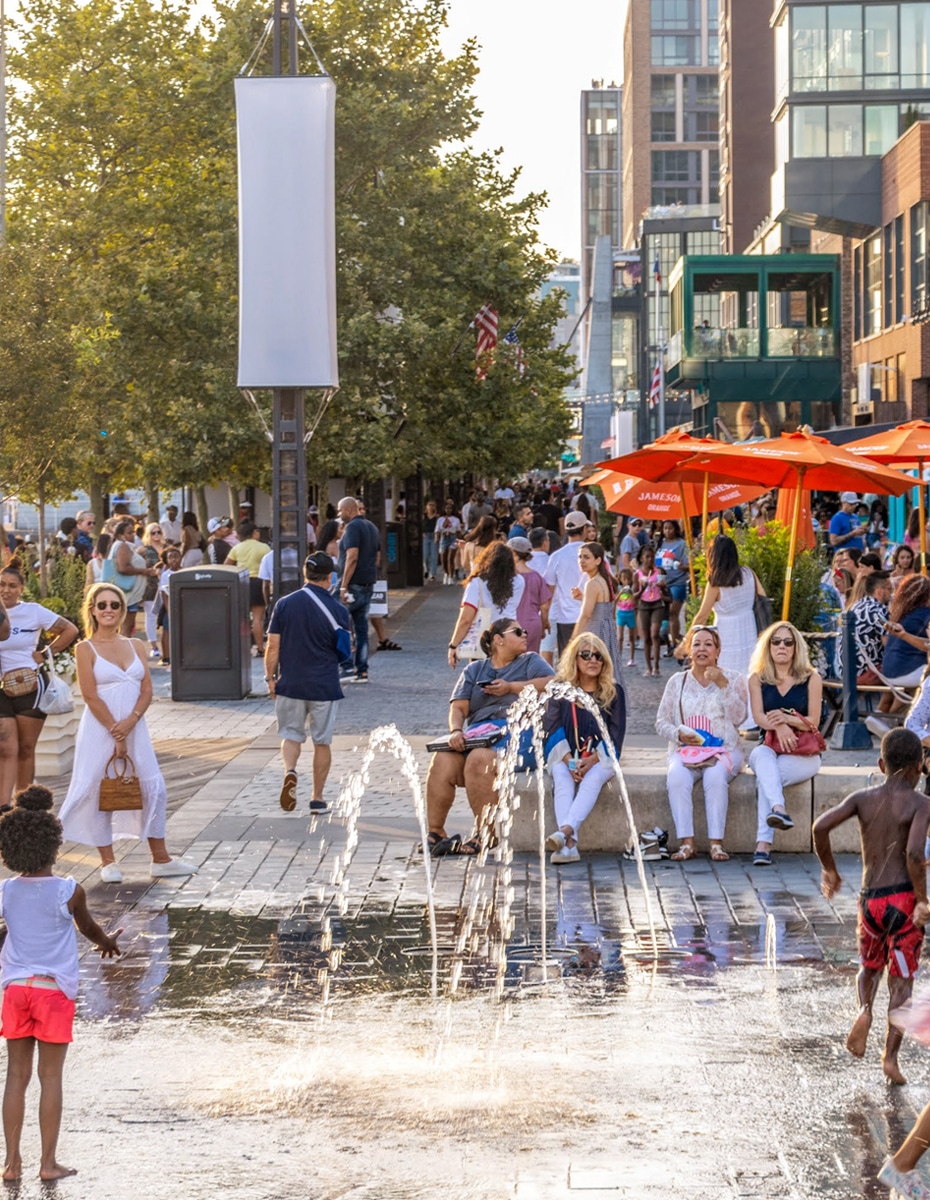Gone are the days of giving priority to goods and services, now our expenditures are going to experiences — and that’s affecting more than one would think. Eric Burka, Managing Principal, and Jamie Sabat, Director of Trends and Consumer Forecasting sat down to talk about the experience economy, its effect on multifamily housing, and trends that we’re currently seeing in the industry. Here’s what they had to say:
The 1700s were marked by the industrial economy, the 1950s sparked the service economy, and we moved into what has been dubbed “the experience economy” in 2010. The experience economy has been marked by competitive market advantages that are created by emotional interactions with intended customers — in other words, consumers expect memorable events from the companies they interact with. Though we’re only 10 years into the experience economy, it’s already had a deep impact on most industries. In the multifamily space, the market responded to the experience economy with careful attention to experiential design and bolstering amenities.
Multifamily’s increased focus on experiences and amenities has introduced us to renters by choice — renters who, though they have the ability to purchase housing, chose to live in rented spaces. With convenient and community-centered amenities in multifamily buildings, we can see why.
One of the most requested amenities from today’s renters is time. Time-saving services like Hello Alfred, Front Door Dry Cleaning Delivery, and White Glove Cleaning are popular amongst buildings. Along with concierge services, lockers for package delivery and cold storage for grocery and meal delivery are a must-have.
The most valuable amenities, according to NAA Research, are pet-friendly buildings with pet services. Dog parks and other pet-friendly spaces, pet washrooms, and even in-house dog walking and doggy daycare contributed 17% to total rent increases, only costing $7,000 on average to add or upgrade.
With the experience economy fostering person-to-person connections, community is the new amenity. Programming has become the hottest tool to build a sense of community, with apartment concierges and event programmers creating activities to link residents. Jamie Sabat cited that renters with one friend residing in their building are 75% more likely to renew their lease, and those with two friends in the building are 90% more likely to renew. After all, it’s one thing to leave an apartment — it’s another to leave a community.
Did you miss The Experience Economy + Multifamily trend breakfast? Check out our Eventbrite to view all upcoming Streetsense events.
For Streetsense updates, follow us on social media or sign up for the Word on the Street newsletter.
BACK TO LATEST








